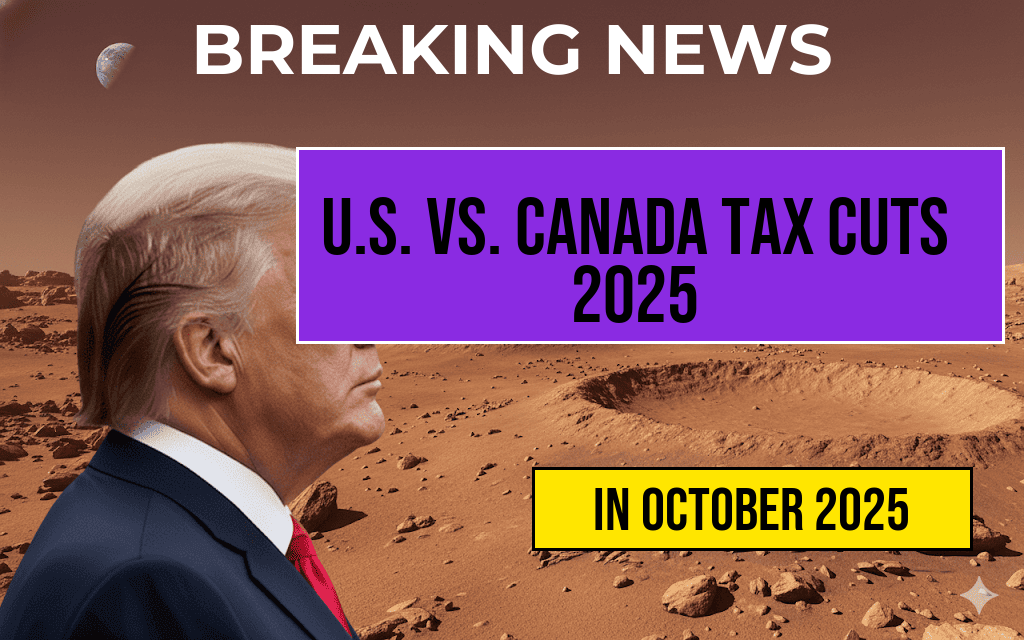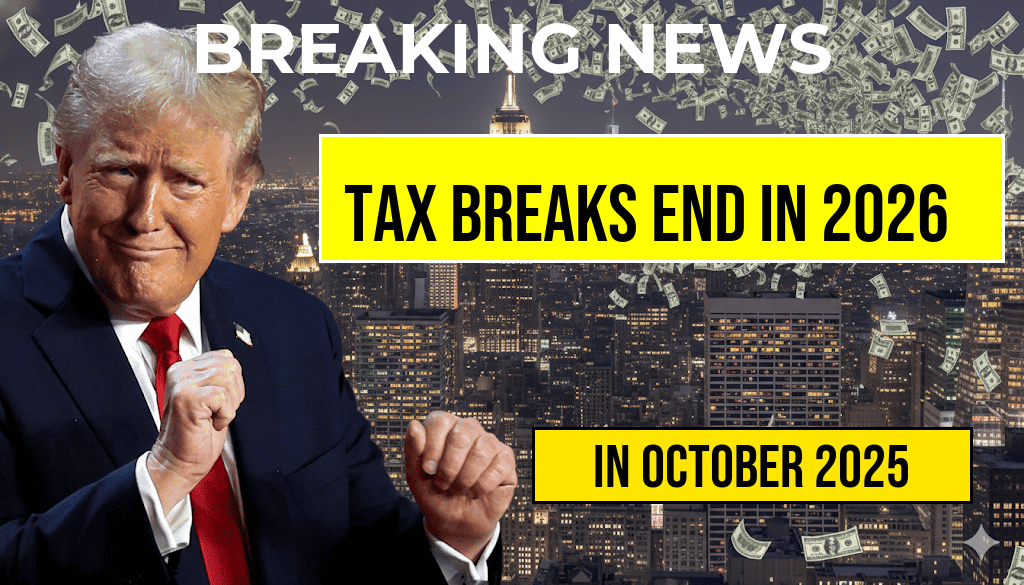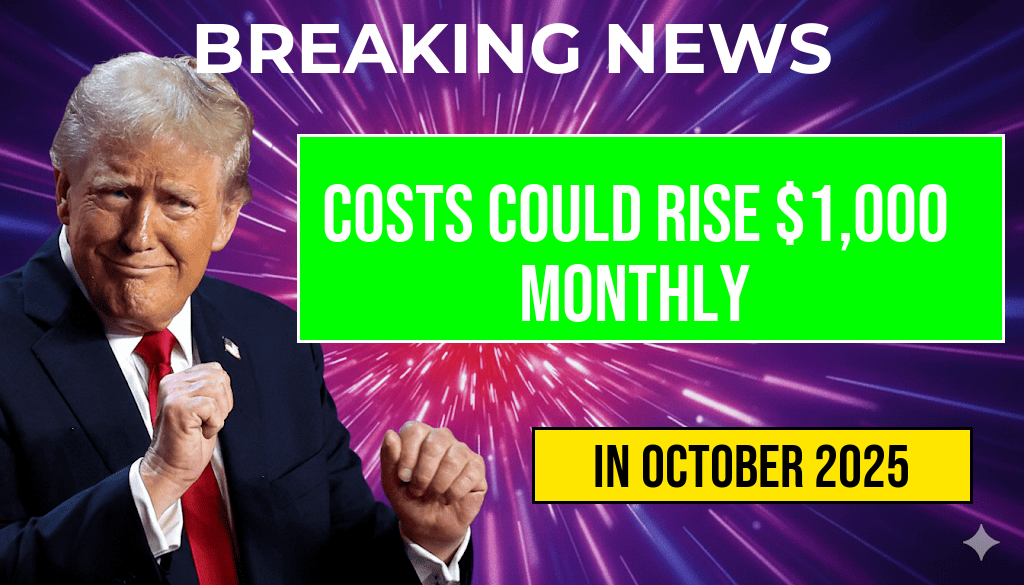As 2025 approaches, discussions around tax policy adjustments in North America have gained momentum, especially concerning how the United States and Canada are tailoring their tax cuts to stimulate economic growth. Notably, the U.S. is implementing a tax cut averaging around $3,752 per taxpayer, while Canada is rolling out measures estimated to provide approximately C$5,200 in relief. These figures reflect both countries’ strategic efforts to balance fiscal responsibility with economic stimulus amid global uncertainties. However, the differences in scope, structure, and international implications of these tax cuts reveal contrasting approaches to fiscal policy, with potential reverberations across cross-border economic activities and investor confidence.
Understanding the Scope of the Tax Cuts
United States: Focused Relief for Middle-Income Earners
The U.S. tax cut plan for 2025 is projected to deliver an average benefit of $3,752 per taxpayer, primarily targeting middle-income households. This initiative aims to enhance disposable income, encourage consumer spending, and bolster economic growth without significantly expanding the federal deficit. The adjustment primarily involves revising tax brackets, increasing standard deductions, and implementing targeted credits, especially for families and small businesses.
Canada: Broader Fiscal Relief Strategy
Canada’s approach features a comprehensive tax relief package valued at around C$5,200 per taxpayer, with a focus on both individual and corporate tax reductions. Measures include lowering income tax rates across brackets, expanding child benefits, and providing targeted support for sectors most affected by recent economic shifts. Canada’s strategy emphasizes social equity alongside economic stimulation, aiming to address income disparities while maintaining fiscal prudence.
Key Differences in Policy Design and Impact
| Aspect | United States | Canada |
|---|---|---|
| Average Benefit per Taxpayer | $3,752 | C$5,200 |
| Primary Focus | Middle-income relief | Broader income and corporate relief |
| Tax Structure Changes | Bracket adjustments, credits | Rate reductions, benefit expansions |
| Fiscal Goal | Stimulate consumer spending | Enhance social equity and economic resilience |
International and Cross-Border Implications
Given the close economic ties between the U.S. and Canada, these tax policies could influence cross-border investment flows and labor mobility. For example, the U.S. focus on middle-income relief may incentivize domestic consumption, but could also lead to increased demand for cross-border services or goods, affecting trade balances. Conversely, Canada’s broader relief measures might attract international businesses seeking favorable corporate tax environments, potentially impacting foreign direct investment patterns.
Additionally, currency fluctuations and differing inflation trajectories could modify the real value of these tax benefits over time. Economists suggest that coordinated tax policies or at least alignment in certain fiscal measures might enhance economic stability across the continent, as highlighted by analyses from the Wikipedia page on economic integration.
Potential Challenges and Critiques
Fiscal Sustainability
While both countries aim to stimulate growth, concerns about the long-term fiscal sustainability of these tax cuts persist. Critics argue that significant reductions could lead to increased deficits if economic growth does not materialize as expected, especially in a climate of rising global uncertainties.
Income Inequality Concerns
Although targeted to benefit middle-income groups, some analysts warn that broader tax reductions, particularly in Canada, might disproportionately favor higher-income earners or corporations, potentially widening income disparities. The effectiveness of these measures in achieving equitable growth remains under debate, with some pointing to the need for complementary social policies.
The Broader Context: Economic Recovery and Policy Alignment
Both nations are navigating a complex landscape of post-pandemic recovery, geopolitical tensions, and shifting global markets. Their tax policies reflect attempts to adapt to these challenges, with an eye toward fostering resilience and competitiveness. While the U.S. emphasizes consumer-driven growth, Canada’s strategy underscores social support and corporate competitiveness. Observers note that the success of these measures will depend largely on their implementation and the broader economic environment.
As these policies unfold, ongoing analysis from sources such as Forbes and the Wikipedia page on the Canadian economy will be critical in assessing their long-term impacts on North American economic integration and global competitiveness.
Frequently Asked Questions
What are the main differences between U.S. and Canadian tax cuts in 2025?
The primary differences lie in the amounts of tax cuts offered, with the U.S. providing a $3,752 reduction and Canada offering C$5,200. Additionally, the tax policies and international perspectives reflect divergent economic strategies and fiscal priorities between the two countries.
How do the tax cuts impact individuals in the U.S. and Canada in 2025?
In 2025, the U.S. tax cut of $3,752 aims to increase disposable income for American taxpayers, while the Canadian tax cut of C$5,200 similarly benefits Canadian residents, potentially stimulating consumer spending and economic growth in both nations.
What is the international perspective on the effectiveness of these tax cuts?
The international perspective considers how each country’s tax reduction strategies influence economic competitiveness and fiscal health. While the U.S. and Canada differ in the magnitude of cuts, both aim to bolster economic activity and attract investment.
Why is there a difference in the amount of tax cuts between the U.S. and Canada?
The difference stems from distinct fiscal policies and economic conditions. Canada’s higher C$5,200 cut may reflect a more aggressive approach to stimulating the economy or addressing specific fiscal goals compared to the U.S.’s $3,752 cut.
How should taxpayers plan for these tax changes in 2025?
Taxpayers should review their financial plans considering the anticipated tax benefits from these cuts. Consulting with financial advisors can help optimize tax strategies and maximize benefits from the 2025 tax policies.






